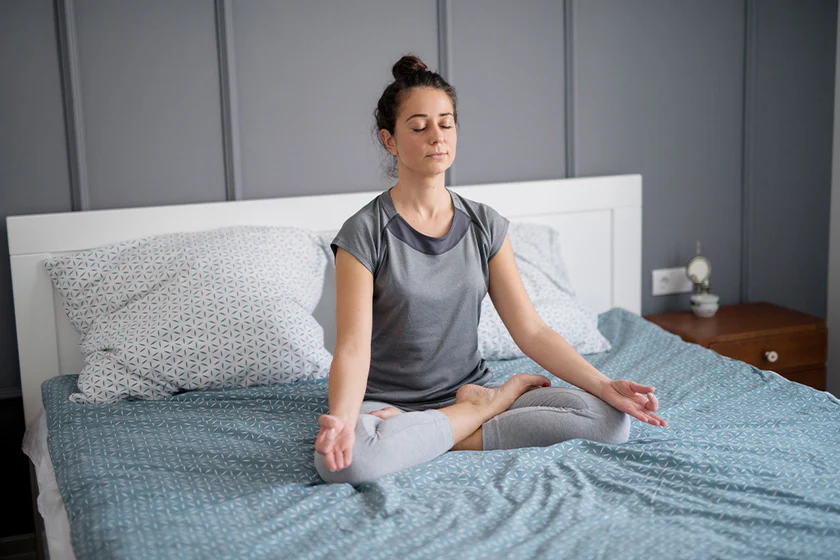provostbariatrics.com – Breathing is one of the most fundamental aspects of life, yet it is often overlooked in our daily routines. In mindfulness practices, however, the breath plays a crucial role in anchoring awareness, promoting relaxation, and enhancing overall well-being. By paying close attention to the breath, we cultivate a deeper connection with the present moment and gain greater control over our mental and emotional states.
The Connection Between Breath and Mindfulness
Mindfulness is the practice of being fully present and aware without judgment. One of the easiest and most effective ways to develop mindfulness is through focused breathing. The breath is always with us, making it a readily available tool to ground our awareness. Observing each inhale and exhale allows us to redirect our attention away from distractions and into the present moment.
Benefits of Breath-Focused Meditation
- Reduces Stress and Anxiety – Conscious breathing activates the parasympathetic nervous system, lowering heart rate and reducing stress hormones like cortisol.
- Enhances Focus and Clarity – By training the mind to stay with the breath, we improve concentration and mental clarity.
- Improves Emotional Regulation – Deep, intentional breathing helps regulate emotions, making it easier to respond to situations calmly and thoughtfully.
- Promotes Physical Relaxation – Breathing exercises help release muscle tension and promote a sense of calm in the body.
- Boosts Energy Levels – Proper oxygen intake through mindful breathing can increase energy and reduce feelings of fatigue.
Mindful Breathing Techniques
1. Diaphragmatic Breathing
Also known as belly breathing, this technique involves inhaling deeply into the diaphragm rather than shallowly into the chest. It can be practiced by placing one hand on the belly and the other on the chest, ensuring the belly rises with each inhale.
2. Box Breathing
A technique used by athletes and military personnel, box breathing follows a pattern: Inhale for four counts, hold for four counts, exhale for four counts, and hold for four counts. This rhythmic breathing helps reduce stress and improve focus.
3. 4-7-8 Breathing
This method involves inhaling for four seconds, holding for seven, and exhaling for eight. It is particularly useful for relaxation and improving sleep quality.
4. Observational Breathing
Simply observe the natural rhythm of your breath without trying to change it. Noticing how the breath flows in and out naturally cultivates awareness and acceptance.
Incorporating Mindful Breathing into Daily Life
Practicing mindful breathing does not require a special setting or extra time. It can be integrated into daily activities such as:
- Taking a few deep breaths before starting work or a meeting.
- Using mindful breathing during stressful situations to stay calm.
- Practicing deep breathing before sleep to promote relaxation.
- Incorporating breath awareness into walking, yoga, or other mindful exercises.
Conclusion
Breathing is a powerful yet simple tool in mindfulness practices. Whether you are new to meditation or an experienced practitioner, focusing on the breath can enhance mindfulness, reduce stress, and improve overall well-being. By making conscious breathing a part of daily life, we cultivate a greater sense of peace and awareness, ultimately leading to a more balanced and mindful existence.






